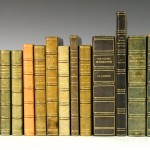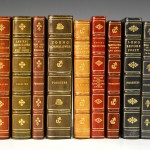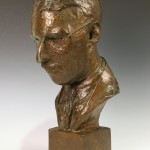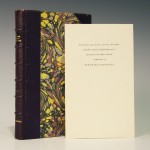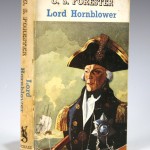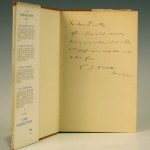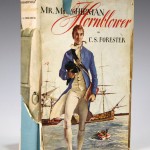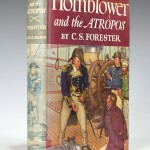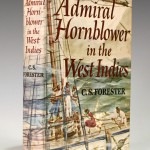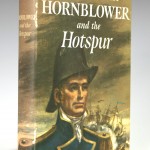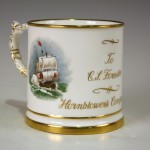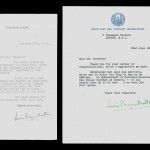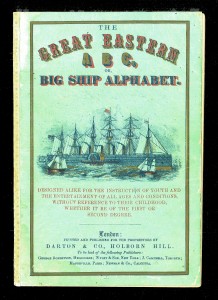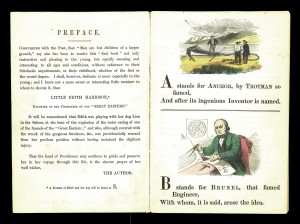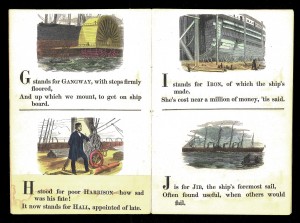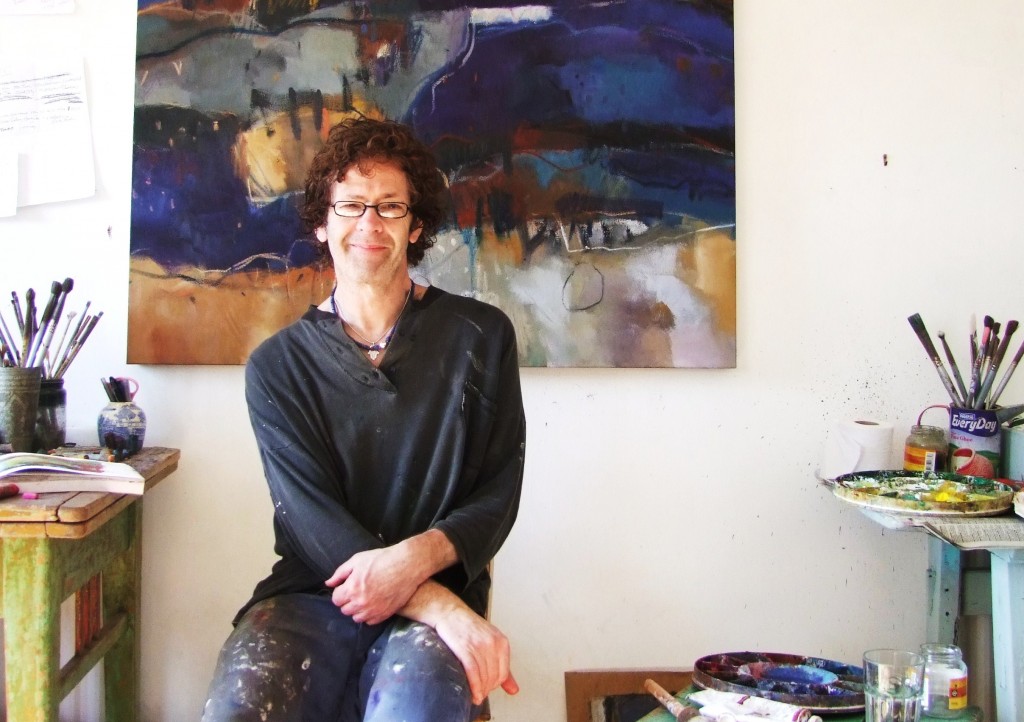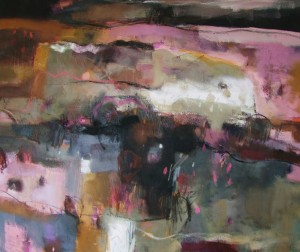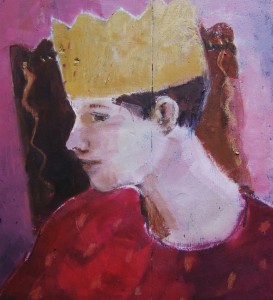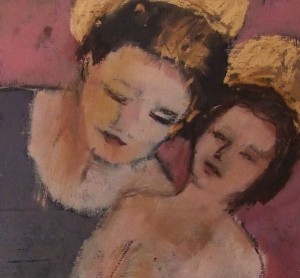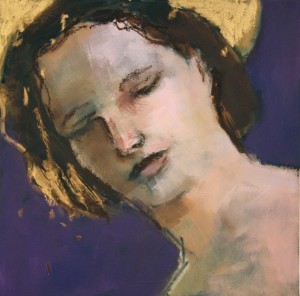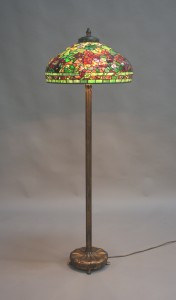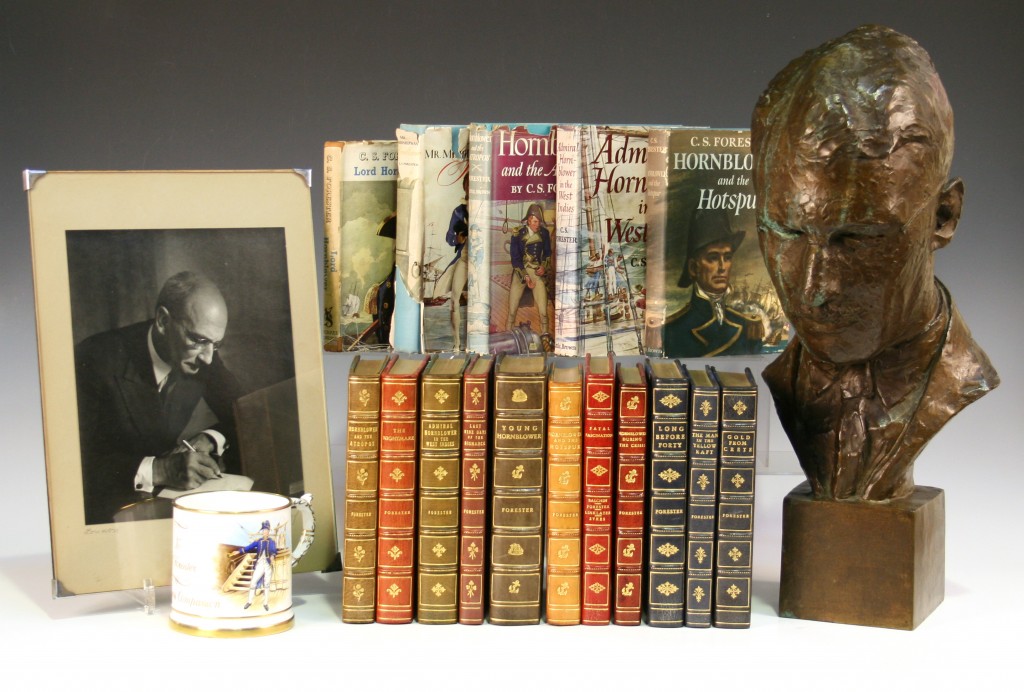
Toovey’s are pleased to announce that they have been instructed to offer at auction a unique archive chronicling the life and career of the author C.S. Forester. This exceptional collection offers a combination of books that belonged to Forester himself, books inscribed to his second wife, and books which he presented to his nephew. In addition to these books, the archive includes various material relating to C.S. Forester, including a bronze sculpture, documents, letters and some fascinating ephemera.
Much like his most famous literary creations, Forester was in a number of ways a contradictory character. Born in Egypt to English parents on 27 August 1899, Forester’s birth certificate gives his name as Cecil Louis Troughton Smith but he took up the nom de plume of Cecil Scott Forester when he started writing. Unusually, he then took the reinvention a stage further and used ‘C.S. Forester’ in his everyday as well as his literary life. Brought up in England, the product of the English Public school system, Forester chose to spend much of his working life in California but nevertheless found his greatest success with a book about an unlikely odd couple in Central Africa during the 1st World War (The African Queen), and a whole series about an English naval hero during the Napoleonic war (the story of Horatio Hornblower). The creator of an archetypal action hero, Forester was in contrast left a partial invalid in his forties as a result of arteriosclerosis. In 1961 he suffered a severe heart attack and was largely immobilized in 1964 after a stroke. He died in California on 2nd April 1966.
Forester married his first wife, Kathleen Belcher, in 1926. They had two children, John and George, but divorced in 1945. In 1947, he married Dorothy Ellen Foster; the marriage was initially kept secret and was not publicly acknowledged until February 1949. The couple continued to live in California until Forester’s death. They had remained close to Forester’s nephew Stephen Troughton-Smith, who viewed Forester as a father-like figure. Sometime after Forester’s death, Dorothy chose to move back to Sussex, England, to be closer to her family. Later, Dorothy was looked after by Stephen and his wife, who, when she became increasingly frail, moved in with her.
After Dorothy’s death on 10th June 1998, the books, sculpture and other important related items that her husband had given or bequeathed to her, together with the books that they had both been given by grateful publishers, were left to Stephen Troughton-Smith. Mr Troughton-Smith combined these books with the books that C.S Forester had inscribed to him and a few other related items to form the Forester and Troughton-Smith Family Archive. Stephen Troughton-Smith died earlier this year and a family decision was made to offer the contents of the archive to a wider audience and thus enhance C.S. Forester’s already solid reputation as one of the great British novelists of the 20th Century.
The archive will be offered for sale at Toovey’s Spring Gardens salerooms as part of their Antiquarian and Collectors’ Books auction on 21st February 2012, to view the free online auction catalogue click here.
Further images of the Forester and Troughton-Smith Family Archive:
(Please click on an image for full-view and again for further magnification)
